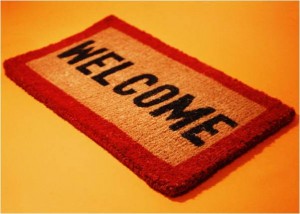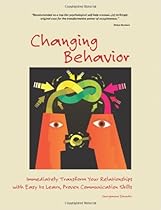Here are half a dozen essential tips for landing the right job -- in good economic times or bad:
Try a Sales Technique
Be prepared during a telephone screening or a first interview to make the "60-second sell," a four- to five-sentence summary of your biography and career accomplishments, according to Robin Ryan, a career counselor and author of 60 Seconds & You're Hired!
"When they say, 'Tell me about yourself, why should I hire you?' you have a memorized statement about why you'd be good on the job," says Ryan.
Work Your Personal Network
Networking doesn't have to be confined to business contacts, especially when you're trying to break into a big company that may use automated software to screen applicants.
Ask everyone you know if they have a connection to a specific employer; the goal is to get your resume forwarded to a hiring manager via the company's internal network, rather than having it come from the outside and get lost in the shuffle of other applicants.
"Microsoft gets 100,000 resumes a month -- how do you think they're going to find you otherwise through that cyber hole?" Ryan says.
Expand Your Horizon
Julie Jansen, a career coach and author of I Don't Know What I Want, But I Know It's Not This, recommends attending professional association meetings in a related field as well as those in your own specialty.
For example, although your experience may be in marketing, add gatherings for finance executives or other fields in which you could apply your skills and experience to your regular schedule of ad and marketing group meetings.
Another networking strategy is to give it the old college try by tapping alumni -- even those you don't know.
"Most universities have online directors of alumni, so I'd go that route if possible," says Jansen. "If not, contacting the alumni office would be Plan B."
Check Your Skill Set
Although you may not have the time or financial resources to pursue an advanced degree, taking additional coursework in your field to boost specific skills can get you noticed by a recruiter. Also, don't forget to cite key experience gained from volunteering for community, school or nonprofit groups.
"Look at your transferrable skills, including project management, budgeting, supervising others and organizational planning," Ryan says.
Know Your Worth
Even during a downturn, it's a mistake to settle for less just to get the job. Before accepting an offer, consult a salary survey or online salary calculator to make sure the package is competitive within your field.
"It's an outdated idea that you should take anything to get your foot in the door," Ryan says. "It could take you 10 years to get a decent salary."
Do It Daily
Whether it's posting your resume in the common area of your apartment building, or sharing your job hunt with your doctor, dentist or dermatologist, you should incorporate your search for work into every aspect of your daily life.
"Do something every single day that is about looking for a job," Jansen says.
Thanks to Robert DiGiacomo, for Yahoo! Hot Jobs / Career Advice Monster / Monster
http://career-advice.monster.com/job-search/getting-started/6-essentials-for-finding-a-new-job-hot-jobs/article.aspx?WT.mc_n=CRMUS000096
| To Get Uninterrupted Daily Article(s) / Review(s) Updates; Kindly Subscribe To This BlogSpot:- http://ZiaullahKhan.Blogspot.com/ Via "RSS Feed" Or " Email Subscription" Or "Knowledge Center Yahoo Group". | ||
| Amazon Magazine Subscriptions | Amazon Books | Amazon Kindle Store |
| Amazon Everyday Low Prices, Sales, Deals, Bargains, Discounts, Best-Sellers, Gifts, Household Consumer Products | ||



